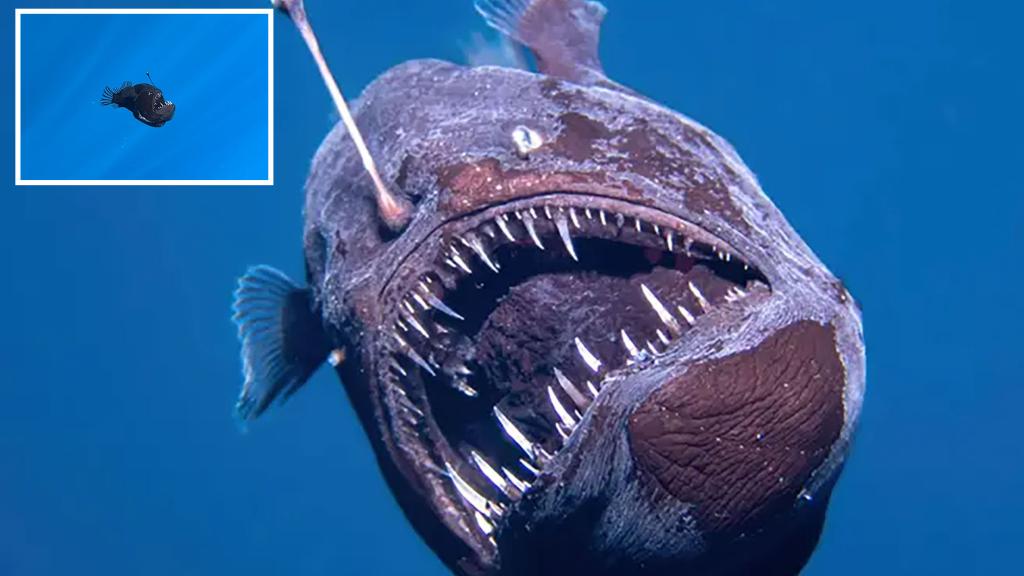
Recently, a stunning deep-sea fish encounter has captivated audiences across social media platforms.
A deep-sea anglerfish, recognized for its intimidating row of sharp teeth, was observed near the ocean’s surface close to the Canary Islands, located off the coast of Africa, earlier this month.
The exciting images and videos capturing this rare sighting were shared by Condrik Tenerife, a Spanish non-governmental organization dedicated to researching sharks and rays in the Canary Islands, alongside marine photographer David Jara Borguña.
The organization identified the species as the “black seadevil,” scientifically known as Melanocetus johnsonii. These remarkable creatures typically inhabit depths ranging from 650 to 6,500 feet below the surface of the ocean.
This depth is classified as the Bathypelagic Zone, commonly referred to as the midnight zone. According to the NOAA, the temperature at this depth remains stable at around 39 degrees Fahrenheit, as sunlight cannot penetrate that deep into the water.
Additionally, water pressure in this zone can exceed 5,850 pounds per square inch.
The research team noted that sightings of this fish are incredibly infrequent, and they are uncertain about why it was found so far from its usual deep-sea habitat.
Interestingly, only female deep-sea anglerfish possess the distinctive lure that hangs from their heads, as reported by the Smithsonian Museum of Natural History.
This bioluminescent lure serves as a primary hunting mechanism for anglerfish, providing one of the few sources of light in the ocean’s dark depths.
“So far, the majority of documented encounters have included larvae, deceased adults, or specimens seen by submarines during deep-sea research missions,” Condrik Tenerife emphasized in a recent social media post, highlighting the extraordinary nature of this sighting.
The research team expressed their excitement about this rare discovery, stating it “will be remembered forever.”









